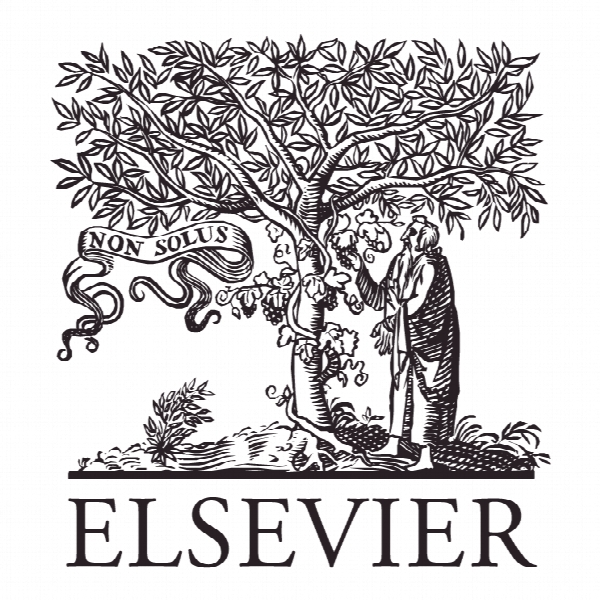تاثیر آموزش مدیریت خشم بر نحوه نشان دادن خشم و عزت نفس نوجوانان The Effects of Anger Management Education on Adolescents’ Manner of Displaying Anger and Self-Esteem: A Randomized Controlled Trial
- نوع فایل : کتاب
- زبان : انگلیسی
- ناشر : Elsevier
- چاپ و سال / کشور: 2018
توضیحات
رشته های مرتبط روانشناسی
گرایش های مرتبط روانشناسی رشد و روانشناسی بالینی
مجله آرشیو پرستاری روانپزشکی – Archives of Psychiatric Nursing
دانشگاه Selçuk University – Faculty of Health Science – Turkey
منتشر شده در نشریه الزویر
گرایش های مرتبط روانشناسی رشد و روانشناسی بالینی
مجله آرشیو پرستاری روانپزشکی – Archives of Psychiatric Nursing
دانشگاه Selçuk University – Faculty of Health Science – Turkey
منتشر شده در نشریه الزویر
Description
Introduction Adolescence, one of the key stages of development, is a period when many fundamental physical and psychological changes occur. Adolescents must cope with a higher number of the biopsychosocial changes compared to children. They may have difficulties in managing their emotions and behavior because they still do not have sufficient levels effective coping experience (Blakemore & Mills, 2014; Holder & Blaustein, 2014). One of the keys to a trouble-free adolescence is to recognize the emotions intensely felt during this period and to control the behaviors displayed because of these emotions (Kidwell, Van Dyk, Guenther, & Nelson, 2016). Anger is one of the common feelings with potentially destructive consequences experienced by everyone at one time or another in daily life (Berkowitz & Harmon-Jones, 2004). Anger is a constructive force when it is used to solve problems, correct an injustice or a mistake, or restore self-esteem and pride. Although anger is a natural, healthy, appropriate, life-enhancing emotion, it nonetheless may be destructive to a child’s psychological and physical wellbeing if not appropriately managed (Ayebami & Janet, 2017; ModrcinMcCarthy, Pullen, Barnes, & Alpert, 1998). Anger is an important emotion expressed by adolescents as it is in all age groups, and so is the way they express their anger. Anger and the way it is expressed represent a major public health problem for adolescents today. It may cause physical, psychological, and social problems for adolescents if not expressed in an appropriate manner (Starner & Peters, 2004). Prevalence reports show that anger-related problems, such as oppositional behavior, verbal and physical aggression, and violence, are some of the more common reasons children are referred for mental health services (Blake & Hamrin, 2007). If adolescents do not learn how to manage their anger, future problems are inevitable for them. Anger can be destructive if it rages out of control and can cause problems in school, social life, personal relationships and the overall quality of one’s life (Cui, Morris, Criss, Houltberg, & Silk, 2014; Down, Willner, Watts, & Griffiths, 2011; Hoogsteder et al., 2015; Shahbazi et al., 2017).People may feel compelled to move away when anger is not expressed in an appropriate manner. This may make the angry person have a negative self-perceptions and a low level of selfesteem, and feel guilty (Albayrak & Kutlu, 2009; Edwards, 2013; Özmen, Özmen, Çetinkaya, & Akil, 2016). When adolescents become able to cope with the controversial and problematic situations, their self-perception improves and matures. Anger affects self-perception because it is displayed in a situation where individuals are restrained or challenged. An adolescent’s reaction toward anger is largely related to his/her personal characteristics, experiences, and expectations from previous experiences, and thus, to the concept of self-perception.


